Cusco Tourism Information (for Machu Picchu)
Situated in the inland of Peru, surrounded by incredible mountains, Cusco is at a height of 3.400 meters, giving travellers a very different climate from Lima. It is a dry climate and the air is thinner. Located within valleys, this city is one of the most visited in the world. It's the gateway and the beginning of a journey of discovery of one of the most ancient civilisations in the world, The Incas.
Cusco is the sacred capital of the Inca Empire. It is the oldest continuously inhabited city in South America, and the gateway to the ancient citadel of Machu Picchu.
Visitors will see the city's legacy in its straight, cobbled streets, and the remains of exquisite, Inca-built stone walls. They will also pass ancient stonework incorporated into colonial buildings, all while the Inca's Quechua-speaking descendants fill the streets with their bright dress and colourful handicrafts. The Inca Trail, the Inca fortress of Sacsayhuaman, and the nearby Sacred Valley's archaeological ruins are Cuzco's principal attractions.
The destination is relatively unspoiled, despite its popularity.
Visitors touring the area will see Peru's national flag and the Inca Empire's rainbow-coloured flag. The display emphasises Cusco's unique blend of the ancient, colonial and modern.
The climate of Cusco is very different from the rest of Peru, the high altitude being the main reason why visitors should come prepared with warm and waterproof clothing.
It's located at 3.400 meters making it dry and hot during the hot months, November to February. Therefore the best times are March to October when it's cooler but still temperatures can be around 20°C during the day, but at night in can get quite fresh.
Strong winds are also common, due to the high terrain, good sun protection is advised and sunglasses. The busiest time of the year is July and August.
❗Attention: When going to Cusco it's advised to be careful of "height sickness", our body can be breath better at a height of 2.000m or less. Therefore when travelling to Cusco it's recommended not to do things quickly, nor do heavy exercise. Keeping hydrated is also important, and make sure you avoid alcohol for the first 3 days for your body to adapt.
Most travellers will come to Cusco by air, taking only 1 hour away from Lima and flights being cheap. Many airlines offer good competition in prices, LATAM and Avianca the most recommended. As you arrive, there is no public transport like in all of Peru airports. A taxi to the hotel in the city is about 15 Soles. (under $4).
Another option which is more adventurous, is taking a bus from Lima to Cusco which takes about 22 hours to complete. They will serve you meals during the non stop ride, and seats are big and comfortable. Prices are from 175 Soles one way. However trips can be very treacherous via windy single lane roads. It's not recommended for those with height sickness or who have weak stomachs. Additionally for safety concerns, take care of your belongings, as these trips can be targeted at night with pickpockets.
Within the city of Cusco there are only taxis if you want travel around and see the main interests on the city with many laying at least 30 minutes drive. Getting a tour to the sites is the best option. Tours are cheap, only 20 Soles and take you around then city in 4 hours. But the entrance fees are not included and this could add another 100 Soles to the trip. Ask and enquire properly to know all the tours available as there are many different ones. The offices are all located at the main square of Cusco.
Going to Machu Picchu? Cusco is the right place to start from. But you will have to decide if you get there by train, bus, van or even walking!
Find out more details from the tab "🌄Machu Picchu"
Not only Cusco is the gateway to the Machu Picchu but the city itself and its surroundings are also worth a visit. Within Cuzco you will find history and mystique at each corner, each square and nearby valleys. Each of its sites together with nearby archaeological centres like Sacsayhuaman, Tambomachay or Qenko, allows you to witness the enormous capacity that the Incas had to build real architectural wonders. (Machu Picchu definitely is one of the best representative examples)
✔️Tip: It's most recommended that when visiting Cusco, you take a tour to discover and understand the beginning of the city and the legacy which the Incas left behind.
All tours offices are located at the Plaza de Armas, (Main square) where you can arrange itineraries. The tours mainly offer just the transportation and the guide, (cost of 20 soles) however the entrance fees to each stop are not included. There is a pass-ticket which allows you to access all sites of the itinerary and it can be found in two different formats.
Tourists always pay a higher price, so take this into account. A day pass is 70 Soles and the general one is 130 Soles. (prices may vary)
In Cusco the main sites to see are:
- Cusco Cathedral, a Roman Catholic Church located at the main square.
- Iglesia de la Compañía de Jesús, The Church of the Society of Jesus is a historic church also at the main square.
- Qorikancha,(Convento de Santo Domingo) originally named Inti-Kancha, was the most important temple in the Inca Empire, dedicated primarily to Inti, the Sun God. (the temple is mainly restored and transformed into a monastery but has many original walls and items from the Inca era).
Out of the city you will find the following important archaeological sites which you will need to access by tour as they are all out of the city:
- Valle Sagrado, Sacred Valley is a region in Peru's Andean highlands with Inca remains.
- Saksaywaman (Moray), is a citadel on the northern outskirts of the city. Moray, archaeological site in 50 km of Cuzco on a high plateau and just west of the village of Maras. The site contains unusual Inca ruins, mostly consisting of several terraced circular depressions, the largest of which is approximately 30 meters deep.
- Maras Salt Ponds, 40 km from Cusco. Since pre-Inca times, salt has been obtained in Maras by evaporating salty water from a local subterranean stream. The highly salty water emerges at a spring, a natural outlet of the underground stream. The flow is directed into an intricate system of tiny channels constructed so that the water runs gradually down onto the several hundred ancient terraced ponds.
- Tambomachay, an archaeological site associated with the Inca Empire, it consists of a series of aqueducts, canals and waterfalls that run through terraced rocks.
- Chinchero, a small rustic town, there is a great display of Inca architecture, ruins and megalithic carved rocks. Chinchero is home to the famous Peruvian weaving and also has a colourful market. A beautiful adobe church sits on the plaza, that can be visited daily.
- Ollantaytambo, a village in the Sacred Valley. It's known for the Inca ruins, a massive Inca fortress with large stone terraces on a hillside. The village's old town is an Inca-era grid of cobblestones streets and adobe buildings.
- Qenko: an archaeological complex, 15 min from Cusco. It's believed to be a shrine were the Inca would prepare to bury the dead and also it is used as an astronomical observatory.
Without doubt it is one of the World's most famous Wonders of the World, and it's listed on the UNESCO World Heritage Centre. Machu Picchu is 2,430 m above sea-level, in the middle of a tropical mountain forest, in an extraordinarily beautiful setting. It was probably the most amazing urban creation of the Inca Empire at its height; its giant walls, terraces and ramps seem as if they have been cut naturally in the continuous rock formations.
From Cusco there are infinite possibilities of arranging a tour to the peak of Machu Picchu and they range from basic transportation costs to all inclusive and private guided tours. The trip can be completed within a day, however the town of Aguas Calientes (Machu Picchu) is very interesting to visit in the evening with many restaurants, markets and shops open late. Staying one night could be the best option, therefore, taking the train and relaxing in the town of Aguas Calientes the first day and the second day dedicate it to the visit of the Machu Picchu site.
Below you have the steps how to get to Machu Picchu:
✔️Tip: You can arrange your own day trip, on a comfortable budget, following these steps:
- Buy online (in advance) the train ticket from Cusco to Machu Picchu at Perurail.com (Departing station is called Poroy actually). Choose a train arriving by 12pm the latest to have time to go up and see all the sights. Trains have different classes from regular ticket to a more luxury first class. All include a good service, luggage storage and comfortable seating. The trip takes 3.5 hours. Tickets range from $50 up to $350 (USD) depending on season and service class.
- Take a taxi to Poroy station, it costs about 35 Soles and takes 30 min from Cuzco city centre. Make sure you arrive within 30 min also from the train departure.
- Once you arrive to Machu Picchu station go towards the main square (Plaza de Armas), and at Ave Pachacutec walk a few meters up the road where you will find where to buy the entrance to the Machu Picchu site, it costs about 130 Soles.
- Buy the bus transfer from the town to the entrance of the Machu Picchu site. It costs $12 one way and it's bought a few meters up the road from the bus stop (paradero). The stop is located next to the train bridge so it can't be missed.
- Depending on the time you are staying, you can explore the small town of Aguas Calientes and buy souvenirs or enjoy a Peruvian meal before catching the last train back.
- Take the last train at 17:50 back to Poroy station.
- Taxi from Poroy back to your accommodation in Cusco.
✔️Tip: When you return from the Machu Picchu ruins you can walk instead of taking the bus, it's all downhill and the walk takes no more than one hour at a comfortable speed. The scenery is breathtaking!
Machu Picchu Photo Gallery
Handicrafts industries of all Peru offer the tourist a wide range of regional goods, from the Andean zampoña (pan flute) to the beautiful manta baby carriers, are available in abundance and often for very reasonable prices.
San Blas is Cusco's artisan quarter and there are a number of workshops here worth visiting, including Galeria Arte Olave and Museo Taller Hilario Mendivil on Plaza San Blas.
Several of the streets near Plaza de Armas are packed with shops selling clothes, bags and hand crafts. Calle Procuradores is particularly good, and although the prices aren't the cheapest you'll find, the quality is usually decent and few items are very expensive. As for markets, Centro Artesanal is the best craft market in town can be found at the southern end of Avenida El Sol, near the bus station.
Cusco is offers ample potential souvenirs. Gold jewellery is a popular memento with pieces of varying price and quality sold across the city. Wool and leather items and anything in between made by hand.
There are plenty of options to stay at, for all budgets. From comfortable stylish hotels to shared dormitory hostels. Many travelers come to Cuzco and book on the day, in which you can find local hostels at cheaper rates than online. Try to stay near the main square within walking distance as all tours operate from there.
Prices can be found from €15 a night in a hostel and €30 for hotels.
For the best experience it's ideal to start your trip in Cusco and remain there for 2 nights (also to get used to the heights). Completing some tours in the city of Cusco will keep you busy. Additionally travel to Machu Picchu and stay one night to make the most of the ruins and be there early to see them with less visitors.
In total 3 nights should be enough to see both Cusco and Machu Picchu.
However, if you are on a budget one night in Cusco and a day trip to Machu Picchu can also be done when travelling by train.
Cusco Region Photo Slide 📷

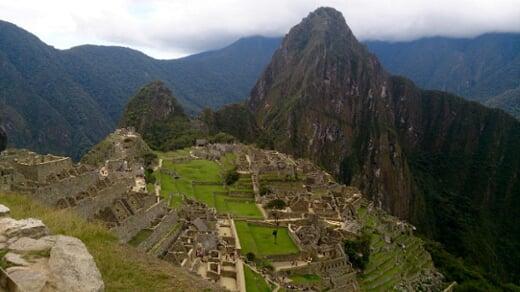
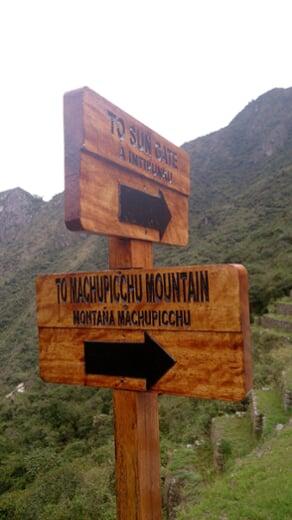
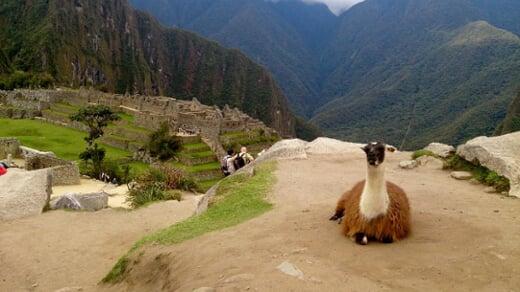
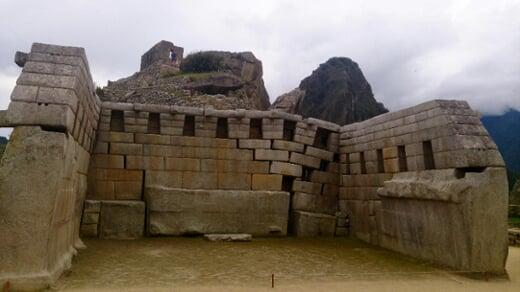
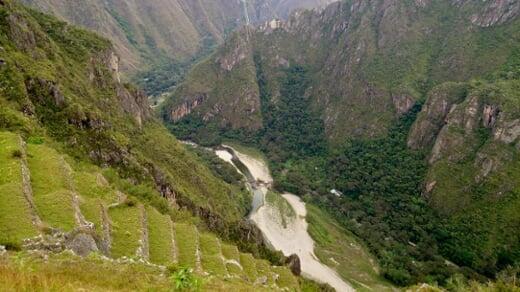
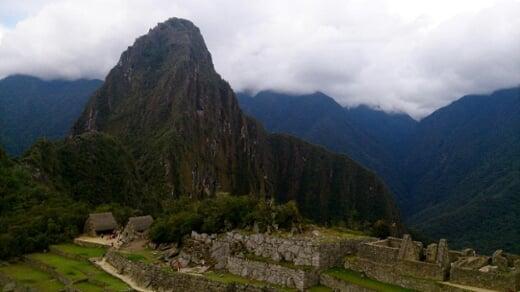
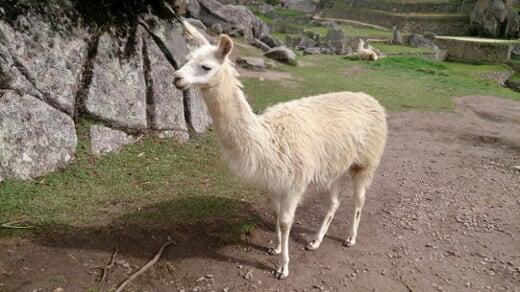
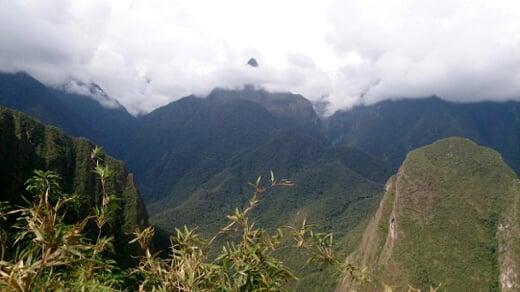
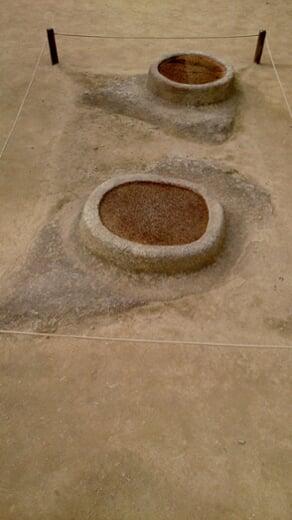
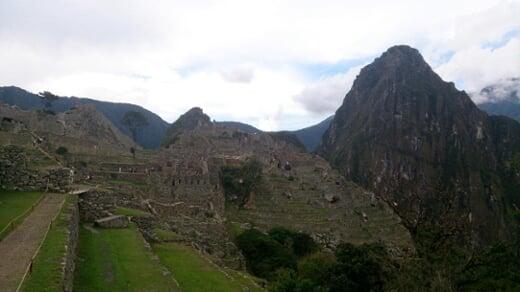
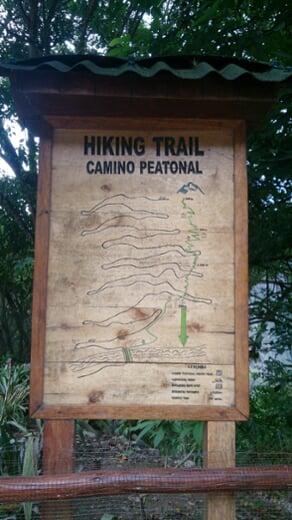
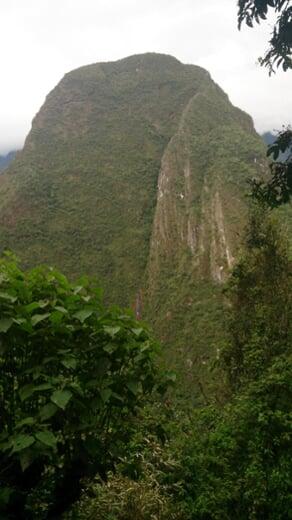
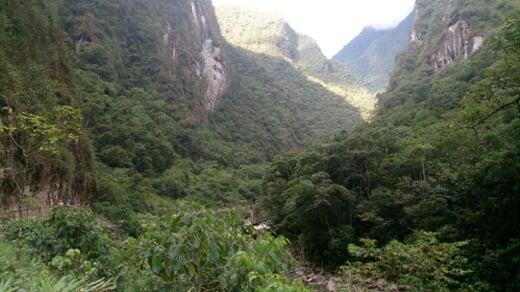
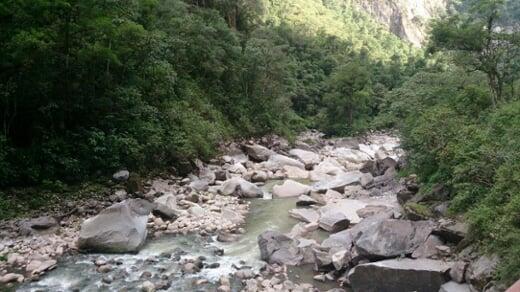
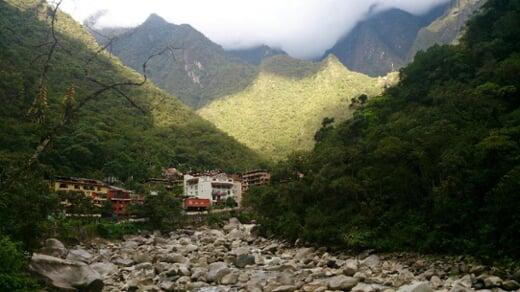






















.png)